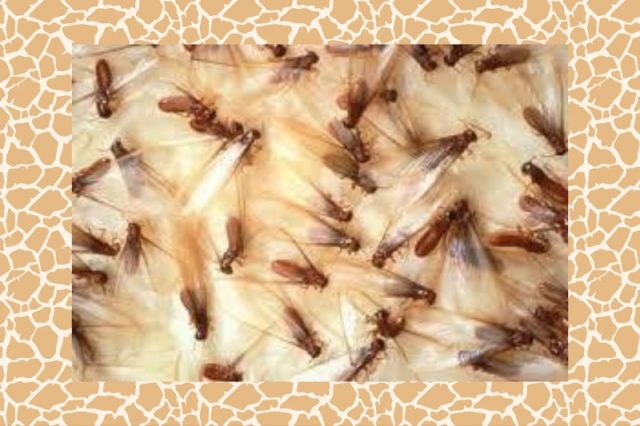
Several Filipinos were disturbed by heavy swarms of winged termites or gamu-gamo on Tuesday.
Pinoy Facebook and X (formerly Twitter) users reported being infested with the pests either in their residences or in public areas on the evening of May 14.
“It’s gamu-gamo szn [season],” an X user wrote.
“Gamu-gamo [invasion] night ba ngayon?!” another online user exclaimed.
“Teka, ang lala nung mga gamu-gamo. We needed to turn off the lights for an hour then use vacuum after,” wrote another Pinoy.
“Lahat ng stations ng LRT yata kanina, puro gamu-gamo, haha,” commented a different user.
“Nanahimik ang buong nasyon, at biglang umatake ang firefly nation,” a Facebook user quipped.
“(Alam ko po gamu-gamo ((flying termites)) ‘yan, kumuha lang ng konteksto sa Avatar noong bigla umatake ang fire nation),” he he added.
A Facebook page shared a message from an individual, who commented: “Buong bansa ay may gamu-gamo.”
The post has amassed 10,000 laugh reactions, 11,000 shares and over 500 comments.
A TikTok user also shared a video of winged termites heavily swarming a street light in their area.
@xreomus Mayfly (gamo-gamo) swarms the light posts in our area tonight. #swarm #mayfly #fyp #fypシ゚viral #fypage ♬ Creepy, scary, horror, synth, tension – Sound Production Gin
Another online user took note of the recent “gamu-gamo” sightings and warned Filipinos to be careful of the pests.
“Why is my tl [timeline] full of gamu-gamo tweets. Be careful, guys… war flashbacks to when I got my eyes sore and teary for a week because of it,” the user said with a loudly crying emoji.
Another user shared that winged termites “are visible when their colony swarms.”
“Swarms are provoked by heavy rainfall and warm, humid temperatures among other triggers. Swarms occur when established colonies produce winged male and female termites in order to reproduce,” user @ethelcaintayo wrote.
“After these mating flights, fertilized termites shed their wings and go on to establish new colonies. Termites seen flying in a home are indicative of a mature colony,” the user added.
“Homeowners should contact their local professional pest control expert to learn about extermination solutions for their home,” the user continued.
Winged or flying termites, also known as alates, are termites that have the capability to reproduce. While they don’t eat wood, they can find new colonies.
Swarming is their strategy to disperse and form new geographically disparate colonies.
Entomologist Dr. Orlando Calcetas said that such insects usually appear when the rainy season is coming.
“Ito’y nagsi-signal na malapit na ‘yung tag-ulan pero usually, lumalabas sila after mayroong malakas na ulan kasi lumalambot ‘yung lupa, tumataas ‘yung relative humidity,” he said to GMA News before.
The long-term solution is to call pest control to exterminate the insects since a swarm of winged termites is a sign of infestation.
Meanwhile, short-term solutions include trapping the winged termites in different ways.
News personality Kim Atienza, also known as “Kuya Kim,” said that people can do the “lightbulb-and-mirror trick” wherein one fills a basin of water and places it below the light to attract and trap the pests.
“Ang mga gamu-gamo, maa-attract sa reflection ng bumbilya sa tubig at sila’y malulunod,” he said before.
Atienza said the winged termites could be possibly attracted to light sources since they rely on it to move, navigate or as a safety signal if there are predators.
Other tips include using a plastic bag and tying it near the lightbulb which is said to trap the pests, soaking a cardboard with water and pesticides and then waving it in their direction or smearing oil to a plate and then waving it as a form of trap.
People can also buy an electric insect killer and strategically place them in areas where the pests frequent.









